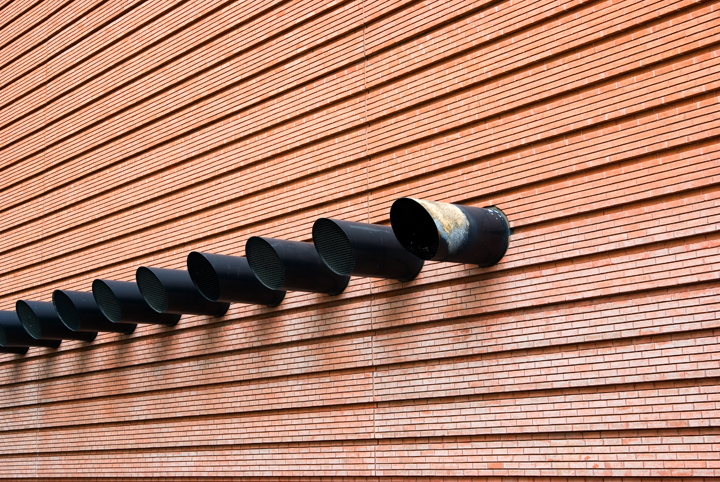Prices Indices Rise at Double-Digit Rates for all U.S. Regions, Major Property Types
Source: CoStar
by: Randyl Drummer
Date Posted: May 13, 2015
Amid some of the strongest investment sales on record, commercial real estate prices rose across both the high and the low ends of the market during the first three months of 2015 as strong capital flows and healthy fundamentals converged to support broad pricing gains.
The latest release of the CoStar Commercial Repeat Sale Indices (CCRSI), an analysis of commercial property sales through March 2015 that provides one of the broadest measures of repeat sales activity, reflected increases across virtually every segment of the real estate market during the first quarter of 2015.
The value-weighted U.S. Composite Index, influenced by sales of high-quality assets in core markets, increased by 4.7% in the first quarter of 2015 and is now 11% above its previous peak in 2007. The equal-weighted U.S. Composite Index, which weighs each transaction equally and reflects the impact from the more numerous smaller transactions, rose 4.8% in the first quarter, although its price recovery started later in the cycle and remains 10% below its previous peak.
The General Commercial segment of the CCRSI Composite Index, made up of smaller deals typical of second- and third-tier markets, gained by 5% in the first quarter of 2015 and 15.9% for the 12 months ending in March 2015, moving to within 11.3% of its previous peak as deals outside of the primary markets continued to attract more investor attention.
The investment grade segment of the Composite Index, which encompasses larger-sized, high-quality properties most often purchased by institutional investors, posted solid but more modest growth of 4.6% in the first quarter and 10.5% in the 12-month period, moving to within 6% of its prior peak.
As the CRE recovery spread across more markets and property segments, all regional sectors and building types posted double-digit annual gains in the 12 months through March 2015. The Multifamily Index has already fully recovered, eclipsing its previous peak, while the retail and industrial indices climbed to within 10% of their previous peaks. The Office Index remained 15% below its previous 2007 high mark.
Among CCRSI’s regional indices, strong investor demand in core coastal metros propelled the Northeast Composite Index to 6.1% above its prior peak during March, while the West Composite Index moved to within 8.4% of its prior high.
Property sales transaction activity, which reached a cyclical high last year, remained strong in the first quarter of 2015, typically the weakest quarter of the year for sales activity. Total sales pair investment volume of $27.8 billion in the first quarter was still more than 50% higher than in the same period last year, suggesting that capital flows will continue to be strong through 2015.
The low cost of debt has helped support the robust deal volume, with low interest rates helping keep wide spreads over the risk-free bond rate, despite historically low capitalization rates.
All six property type indices logged double-digit gains in the 12 months. The CCRSI prime industrial and apartment indices, measuring sales of the properties in the top metros in each sector, saw limited growth due to the run-up in pricing in many core markets. However, the prime office and retail indices grew faster than the overall market average during the same period.
Apartment investment led all building types in annual growth, with the Multifamily Index increasing by 14.8% for the 12 months ending in March. While strong investor appetite for 5- and 4-Star assets in primary markets has propelled the Prime Multifamily Metros Index to lead all repeat sale indices in the recovery and is now 27.6% above its previous 2007 peak, new supply entering the market is beginning to exert downward pressure on occupancies and rent growth. Consequently, the Prime Multifamily Metros index slowed to 10.3% for the 12 months ending in March 2015, compared with 24% for the same period a year earlier.
With new office construction in check and office job growth continuing to outstrip overall employment growth, prices for office properties increased 13.9% during the 12-month period ending March 30. The Prime Office Metros Index advanced by an even stronger 19% annually, with sales of larger core office properties that more resemble bonds in terms of value retention and appreciation enjoying strong pricing growth. Investors view such assets as reliable alternative investments with good relative value.
The U.S. Retail Index rose 43.5% from its recessionary low and 13.5% for the 12 months ending in the first quarter. Retail pricing is now just 6.8% below its previous peak — second only to multifamily among the four major property types. Pricing gains were strongest in top-tier trade areas within core coastal markets over the period, while late-recovery markets, especially fast-growing Sun Belt metros, offered the most price appreciation potential.
Industrial vacancy rates fell to lows not seen since before the last recession, while rent growth, usually unremarkable for industrial property, remained strong at over 5% annually for the 12 months. As a result, the Industrial Index advanced by a solid 12.4%. After a 5.1% increase over the last 12 months, the Prime Industrial Metros Index is still below last cycle’s peak, suggesting more runway for price appreciation as rents continue to escalate. These prime metros are expected to become increasingly competitive as new supply comes on line.
After relatively modest growth of just 4% in the prior period, the Hospitality Index surged by 20.6% in the 12-month period. U.S. hotel occupancies have reached their highest level since the mid-1990s, fueling growth in average room rates and revenue per available room (RevPAR).
Although the CCRSI Land Index gained 23.1% in the 12 months as developers bid up sites across all property sectors, the index has not yet reached its 2012 trough and is still in the earlier stages of its recovery. The Land Index remains 23.1% below its previous peak during the last cycle.
Link to article: CRE Prices Surge






